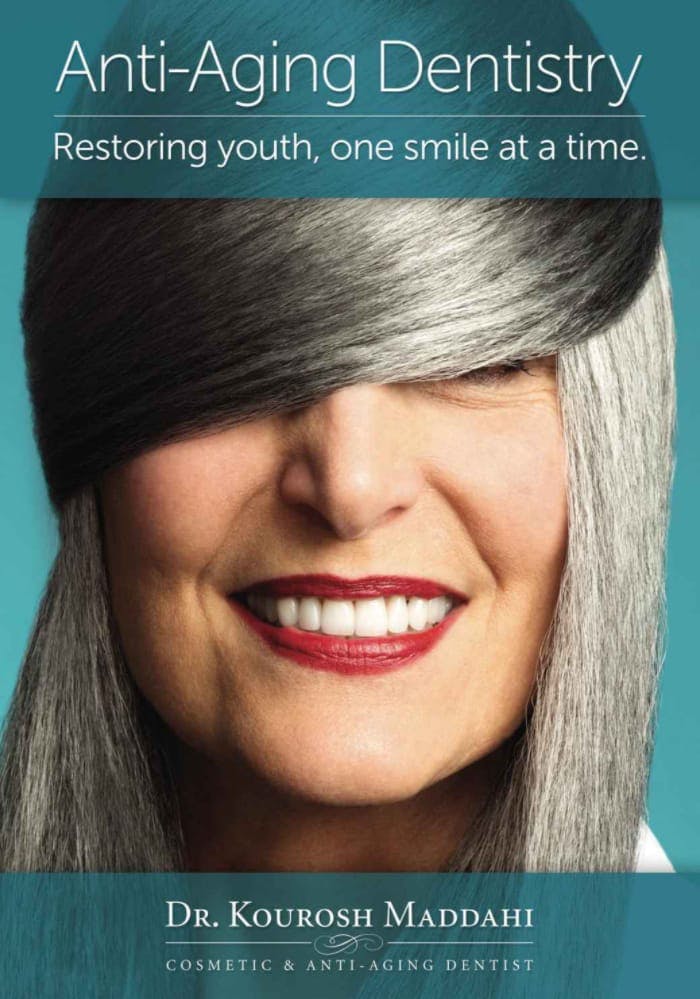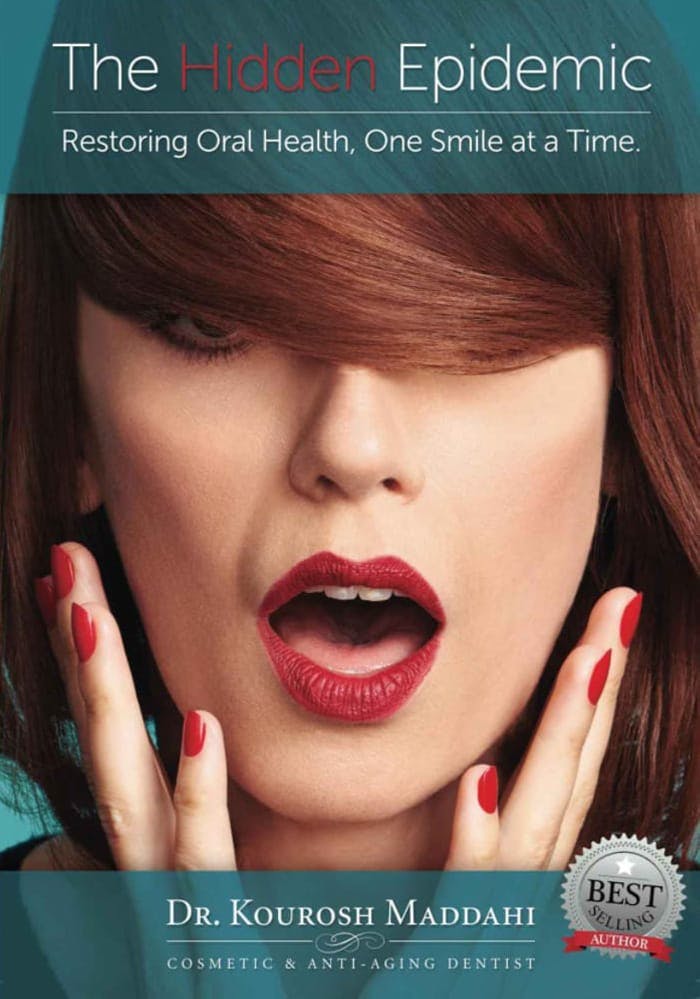Once gum disease has set in, there are certain procedures a dentist can do to help heal a patient's gums. The first step in our office is a very thorough cleaning. This will clean deep into the gums near the root surface; removing the plaque and tartar, and then smoothing out the tooth surface to remove bacteria. This is often followed by a treatment to kill any bacteria that may still be left. This basic level of treatment is usually sufficient when followed by periodical touch-up treatment.
Occasionally a patient's periodontal disease has reached a level where surgery is necessary. There are a few different surgical procedures the dentist may recommend. If a pocket reduction procedure is needed, the dentist will pull the gum off the tooth or teeth and do a thorough cleaning of that area, and then replace and re-attach the gums to the tooth or teeth. If there are problems with the patient's bone growth in the mouth, regenerative procedures may be used; the dentist will pull the gum from the teeth and then use a technique to encourage bone growth. Crown lengthening is a periodontal treatment where the dentist will move the visible gum line farther from the tip of the tooth to change a "gummy" smile into a more aesthetic smile. If there is a major problem with a patient's gum growth, a tissue graft may be necessary; the doctor will take some soft tissue from the palate or another place on the body, and graft it onto the patient's gums to encourage and stimulate growth and gum health.










